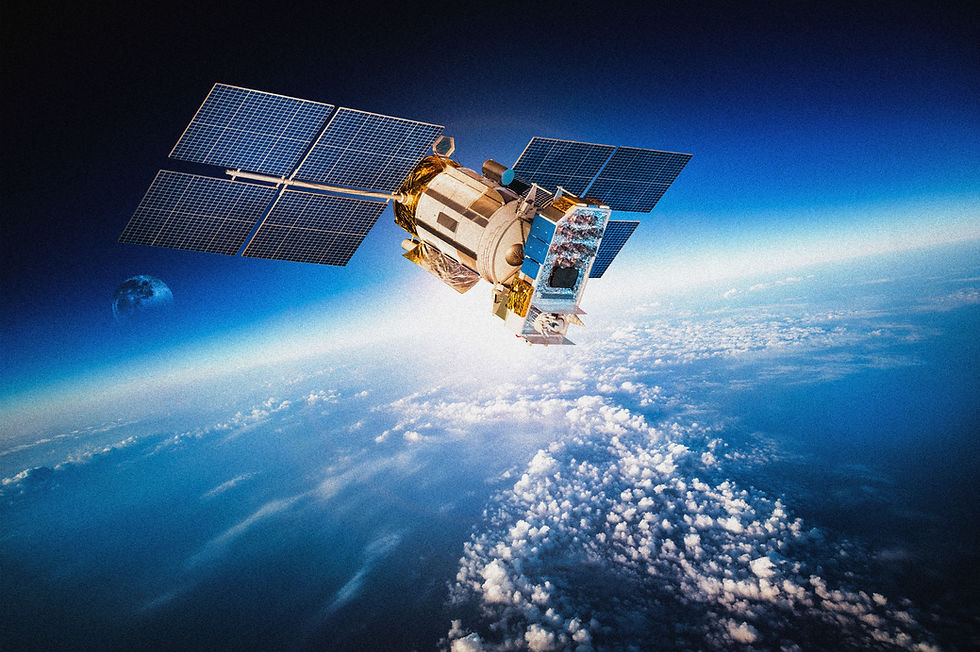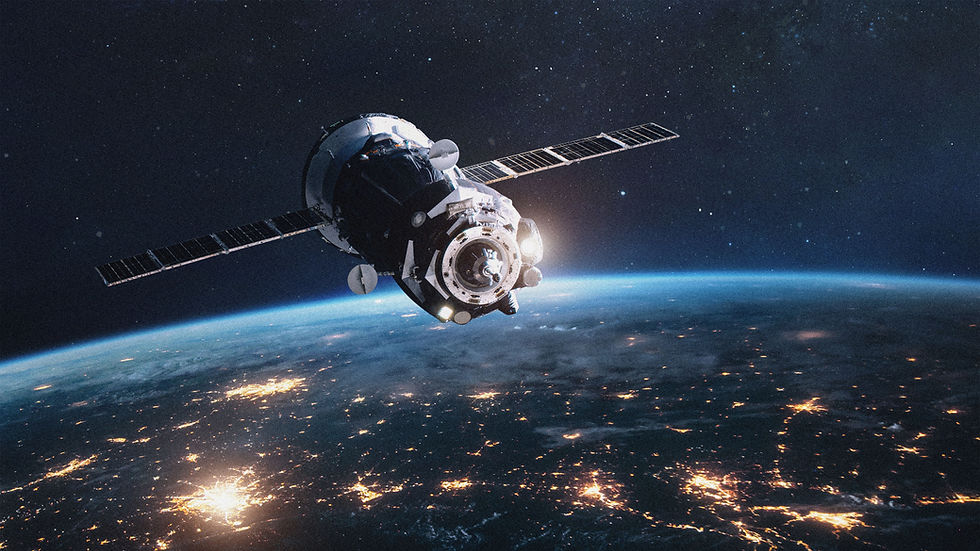The Future of Robots in Space–and the Ethical Policy Behind It
- Amanda Grodman

- Aug 3, 2022
- 3 min read
Updated: Jun 2, 2023
When we think of robots in space, R2-D2 and C-3PO come to mind; despite this relation, tangible robots have been a crucial component in the space scene for decades. In the 1950s, non-human entities began coming into fruition and even dominating the galactic landscape, starting with the USSR’s Sputnik, and then advancing to strides beyond satellites and rockets. Recently, NASA has developed specialized robots (dubbed “astromechs”) to make intensive yet efficient repairs on the ISS. In 2011, astromech Robonaut was tested by NASA to help astronauts with daily chores; this android has not been, and will not be, the only ISS-inhabiting robot. Some may argue that providing robots with jobs takes opportunities away from eager space-goers, but humans have limitations that cannot fulfill a bulk of space exploration, regardless of how spacesuits and space shuttles develop. Ultimately, discussions circulating about robots and similar technologies aren’t so distant, entailing that more robots being sent to work, or even replacing humans in selective space explorations, is entirely plausible–but is there a dark side to this orbital concept?

Comparing the future of robots in space to Star Wars and other fictional droids can be humorous to imagine, but what will the future of robots in space actually look like and what can these machine-powered specimens do for humans? Robots can travel farther than humans to difficult or dangerous environments while also collecting material samples in prolonged amounts of time. Launches to Mars or even other planets are not only lofty goals (due to the extreme conditions and additional uncertainties) but are also costly and unmanageable with recent supply chain delays. Utilizing specialized and autonomous robots in space therefore isn't a compromise to humans. After all, we’ve seen robots probing foreign environments for years, including the Perseverance Rover (which has lived on Mars for over a year as of June 2022) which have also provided jobs for automation engineers. Yet, with these prospects, ethical arguments continue to circulate about why robots are not cut out for space travel (click the link for a history of robots in space along with additional criticism). Understandably, going to space, or similar daunting endeavors, has excited the general population for years, entailing that a robot-dominated field may lead people to neglect these significant strides. Additionally, current and future generations of children have/will express excitement and creativity regarding space-travel, something that necessarily can’t be replicated with robotic entities. Ideally, with these concerns in mind, space would have a balance of both enthusiastic astronauts and road-paving robots that mutually assist space development.
For now, astronauts will dominate low-Earth orbit, but current robotic technologies that aid astronauts daily, particularly on the ISS, shouldn’t go overlooked. Notably, the Astrobee system, composed of several navigational and grip-able robots, gives astronauts more time to tend to human duties by moving and organizing cargo, taking stock, and completing other time-saving tasks. These robots are fairly recent, too, with all three robots (named “Bumble,” “Honey,” and “Queen”), arriving on the ISS in 2019. Aspiring astronauts therefore shouldn’t fear when pursuing their dreams, as robotic and astronautic exploration are synchronous. Yet, regardless of future predictions, one thing about astromechs are certain: both modern and prospective robotic abilities are truly out of this world.

In this episode of “Let’s Go to Space: BLUESKY Learning,” Episode 73: A University Talkie and Techie: Combining Policy and Engineering, we speak with Andres Permuy, a student at Georgetown University currently endeavoring in several STEM fields. Mr. Permuy is a third-year Physics Major minoring in Mathematics while also leading the Georgetown University Space Initiative as the Co-President. He shares how his childhood love of space and aspiration to become an astronaut flourished upon entering college and has led him to explore the realm of both policy and space within the space initiative. Moreover, Mr. Permuy uses his previous experiences of networking and growing his resume to urge students interested in space to get involved. Learn more about Mr. Andres Permuy, or visit our other weekly podcasts to hear from other speakers, by clicking the link above. Also make sure to check out our website to learn more about becoming a member of the Aerospace and Innovation Academy, where you can join us in our quest to go to space.




Comments